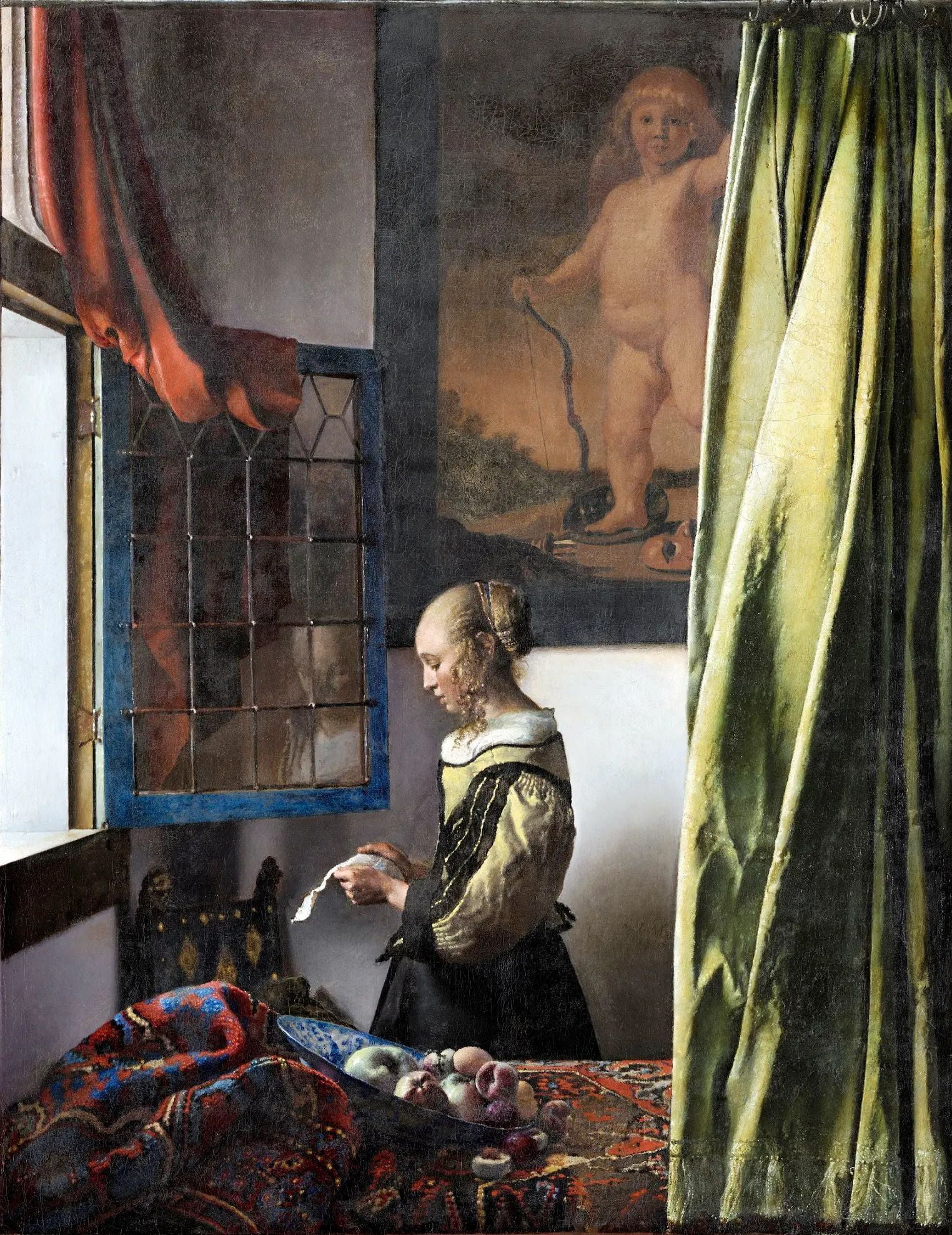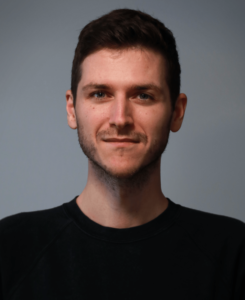Istigkeit is the miracle of naked existence, not perceivable through the ego lens. Language cannot describe what a thing is, and by attempting to abstract we destroy its essence. Looking at things without the lens of selfhood allows us to, in theory, see them for what they really are, nothing is pretending to be anything else. By abstracting and describing, the things we so desperately attempt to capture loose something inherent to them: their Istigkeit or thing-hood.
The Swiss chemist Albert Hoffman believed this to be the secret of life. There is nothing to be found or uncovered, the secret is the thing itself and our connection to it. This creates a Paradox, a sort of mental tongue twister without an obvious answer. As Hannah Arendt puts it, we are incapable of understanding what we are. The human question cannot be answered by humans. We can only ever hope to approximate the truth, but it will forever remain out of reach.
Attempting to capture the essence of a thing is a core function of any human endeavor. For Aldous Huxley, the Dutch painter Johannes Vermeer was better at capturing the essence than anyone else. Something about the way he understood light and how it gives things their perceptible quality makes his work stand out. His scenes of domestic life were relatable. See the painting below, titled Girl Reading a Letter at an Open Window.

Sources and Further Reading
Arendt, H., Canovan, M., & Allen, D. (2018). The Human Condition: Second Edition (2. edition). University of Chicago Press.
Hofmann, A. (2010). LSD – Mein Sorgenkind: Die Entdeckung einer “Wunderdroge” (11. Druckaufl., 2022 edition). Klett-Cotta.
Huxley, A. (2004). Doors of Perception; Heaven and Hell (Turtleback Scho edition). TURTLEBACK BOOKS.
Vermeer, J. (1657). Girl Reading a Letter by an Open Window [Oil on canvas]. Staatliche Kunstsammlungen Dresden. https://commons.wikimedia.org

